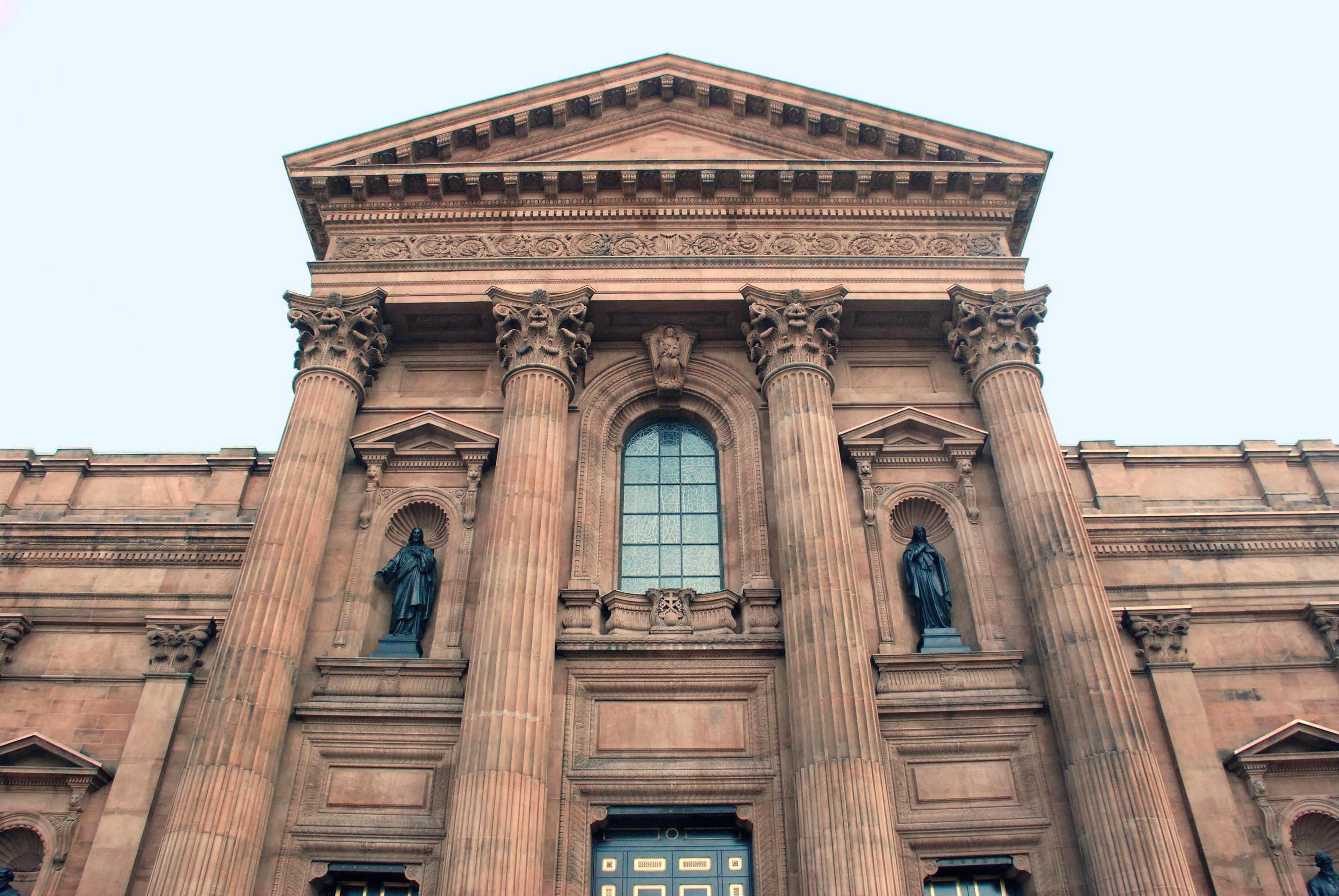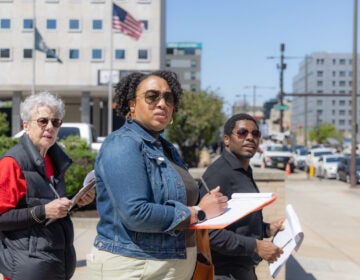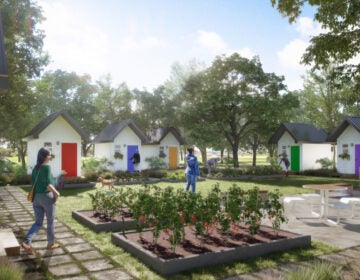October 28: Saffron on Temple stadium | Mural maintenance | Archdiocese development plans | Garages vs apartments

A federal judge ordered Amtrak to pay $265 million to settle 125 lawsuits related to its deadly Philadelphia crash, NewsWorks reports. It is the largest settlement ever for a single rail incident.
“Despite an already difficult relationship with the neighborhood, Temple remains intent on doing what almost no urban university in America has done: inserting a 35,000-seat stadium into a dense residential area,” writes Inga Saffron in her column this week, deriding Temple’s stadium plan as ruinous. The location of the stadium would be hugely disruptive, she writes, as it runs “smack up against a fragile, African American neighborhood that has been desperately trying to hold its own against ‘dormification’ by student housing developers.” Worse still is that the stadium would require blocking a block of 15th Street, the only numbered, southbound road between Broad and 26th streets that runs unimpeded to Center City.
How should Mural Arts address maintenance of its aging stock of murals, many of which are painted on the “imperfect canvas” of aging buildings? Samantha Melamed explores the questions Mural Arts is facing over how and when to preserve murals in its inventory, and when to let some go.
The Archdiocese of Philadelphia is dreaming up ways to develop its real estate surrounding the Cathedral Basilica of Saints Peter and Paul. Jacob Adelman reports, “officials anticipate extending a 99-year ground lease to a developer for a 2.2-acre, L-shaped parcel running to the north and east of the cathedral.” The move would also bring the archbishop back into the city from the suburbs.
Urbanist Richard Florida has refined his thinking on “creative class” driven urban revival, acknowledging the lopsided and sometimes negative consequences of the rise of the urban creative class. Lydia DePillis writes in the Houston Chronicle that at a recent appearance in Houston Florida said: “I got wrong that the creative class could magically restore our cities, become a new middle class like my father’s, and we were going to live happily forever after… I could not have anticipated among all this urban growth and revival that there was a dark side to the urban creative revolution, a very deep dark side.” He continued, “cities are gentrifying, people are being priced out, displaced from their homes. I think we need a new vision for cities that combines an optimistic viewpoint with an understanding of the challenges that re-urbanization brings.”
Saying it once again with feeling: Getting zero votes in a Philly precinct doesn’t equal fraud. The Upshot weighs in.
And lastly, your Friday food for thought: America is building more three-car garages than one-bedroom apartments.
WHYY is your source for fact-based, in-depth journalism and information. As a nonprofit organization, we rely on financial support from readers like you. Please give today.







